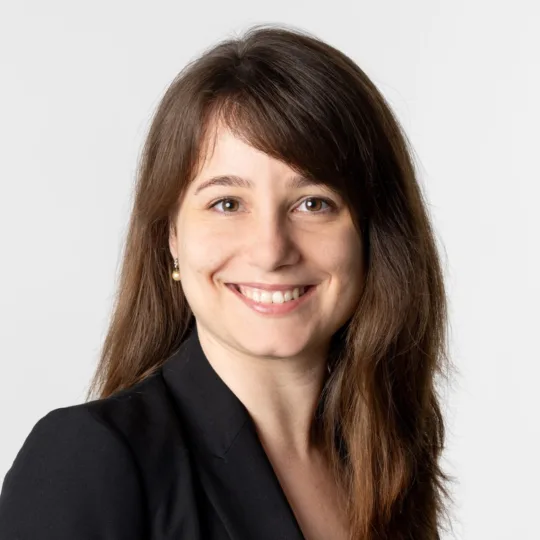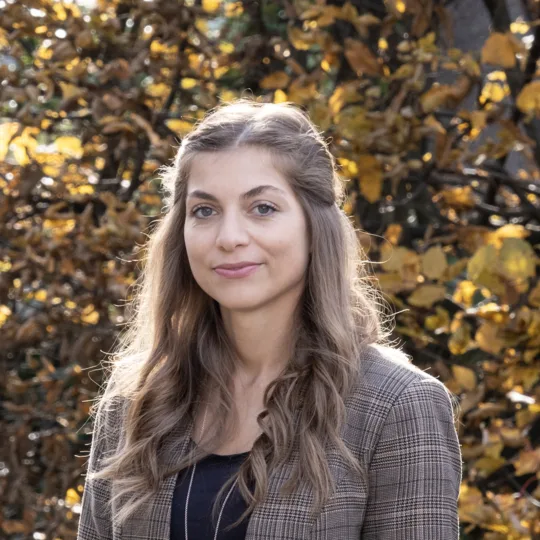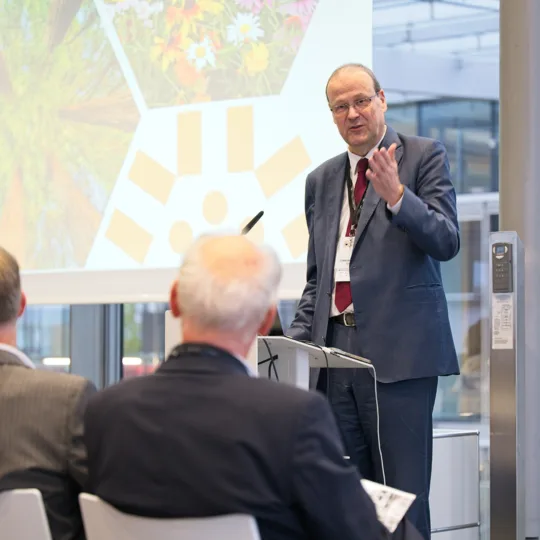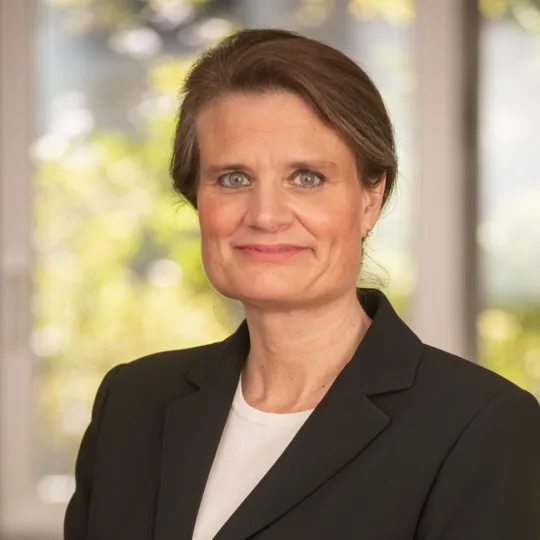Tailored research and innovation funding instruments to foster collaboration with the MENA region
On behalf of the Swiss government, the University of Applied Sciences and Arts Western Switzerland (HES-SO) is fostering the cooperation in education, research and innovation with partners in the Middle East and North Africa (MENA) since 2017.
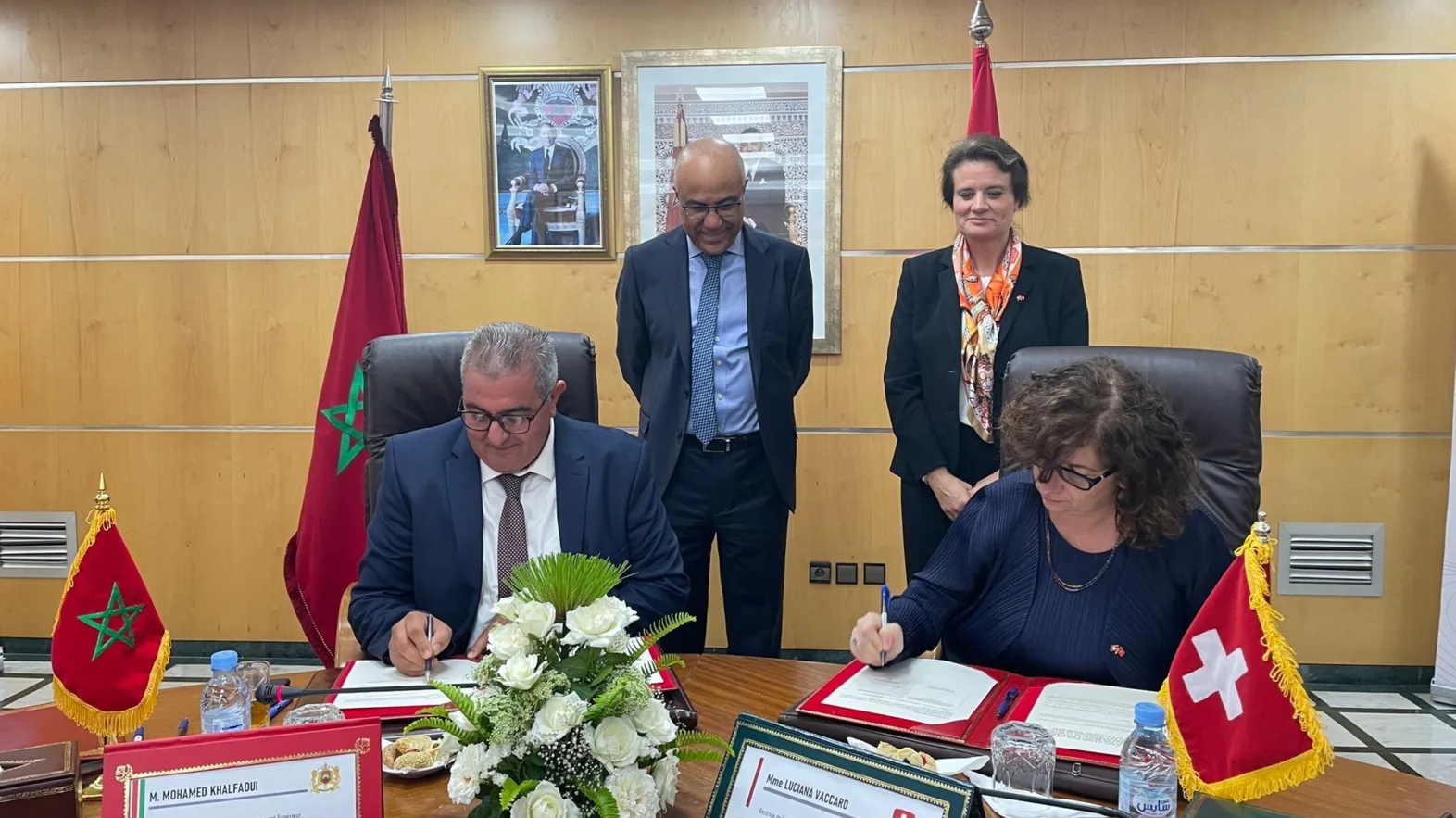
What are the priorities of the Leading House MENA for this new mandate period?
Nawal Kinany: The Leading House’s priorities for the 2025-2028 mandate period are to foster sustainable and impactful scientific cooperation with the Middle East and North Africa (MENA) region.
One key priority is the development of flexible and tailored research funding mechanisms that respond to the whole region's unique needs. This includes supporting research initiatives to rebuild and enhance resilience in crisis-affected areas. Another priority is to strengthen engagement with key regional hubs, including but not limited to Morocco and the United Arab Emirates, through innovation-focused programs. Increasing the visibility and recognition of Swiss-MENA scientific collaborations – both within the academic community and beyond – also remains a central goal for this new mandate.
How does the Leading House approach searching for and selecting partners in their focus region?
Nawal Kinany: The Leading House MENA adopts a bottom-up approach to funding research projects, allowing Swiss-based researchers to submit proposals with partners on their chosen topics. Our role is to offer a framework that enables the most promising of these proposals to be supported, guided by a few key principles: scientific excellence, mutual interest and joint funding.
We place strong emphasis on due diligence, carefully assessing partners’ track records and capabilities to ensure reliable and effective collaboration. We are committed to fostering long-term collaboration, aiming to build relationships that evolve into sustainable, enduring partnerships.
The Leading House also leads a regular landscape analysis to identify key institutions and partners for the implementation of specific instruments.
“One key priority is the development of flexible and tailored research funding mechanisms that respond to the whole region's unique needs.”
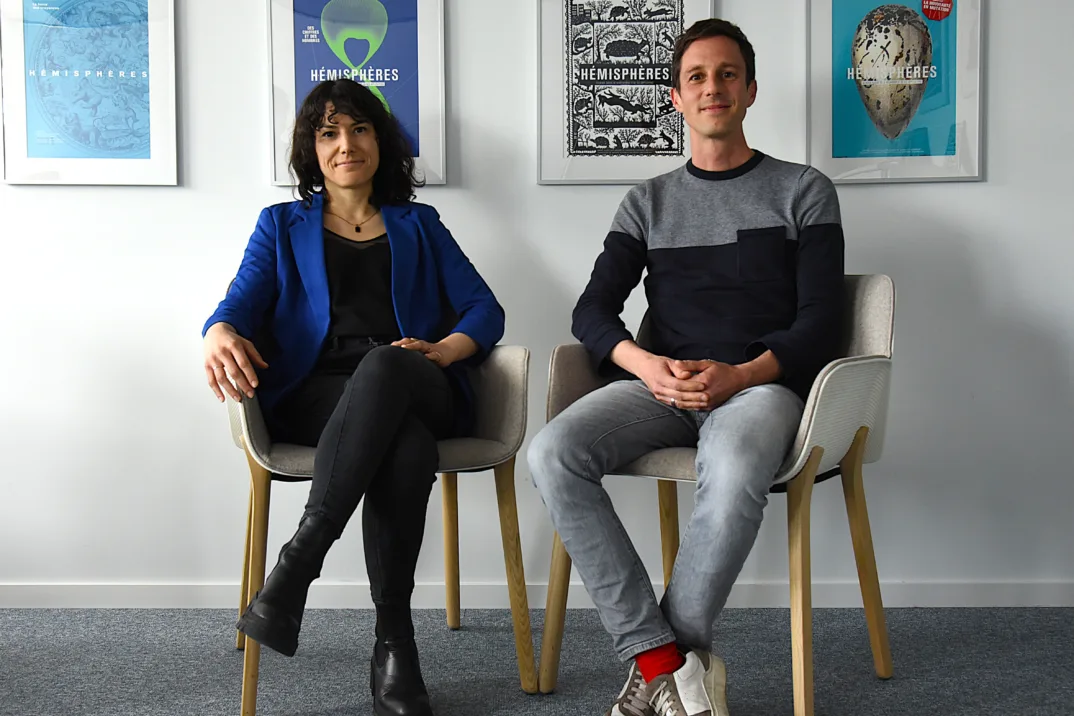
How is the cooperation with these partners organized on the ground?
Michael Krieger: Cooperation is organized through various approaches. One way is through joint research projects involving collaborative scientific efforts between Swiss and MENA institutions supported by funding mechanisms and targeted calls. We also promote direct engagement with local researchers and innovators through innovation instruments. A third approach is through scientific missions and visits, which help strengthen relationships and align goals. Additionally, close coordination with Swiss embassies in partner countries supports the logistical and diplomatic aspects of the partnerships.
What tools have proven effective in fostering cooperation with the MENA region?
Michael Krieger: Two types of instruments have proven particularly effective in supporting scientific cooperation with the region. The first is our primary funding instrument, the Research Partnership Grants, which offer accessible and flexible funding, enabling the initiation of collaborations in various fields. Since these grants are launched annually, researchers can rely on them when exploring new collaboration opportunities.
The second type is bilateral instruments, such as the one implemented with Morocco in the previous mandate. These are especially valuable for building more extensive ties with a specific country, particularly when they focus on specific topics identified as priorities by both sides.
How does the Leading House MENA collaborate with other Swiss institutes of higher education and other ERI-stakeholders to achieve its goals?
Nawal Kinany: Collaboration is at the heart of the Leading House’s approach and is carried out through various channels. We have regular exchanges with Swiss universities and other funding organizations to align funding with institutional priorities, foster complementary efforts, and position the Leading House MENA as a key knowledge and contact point for scientific collaboration in the region.
What was an impactful or challenging project the Leading House MENA was involved in, and why?
Michael Krieger: A significant milestone was strengthening scientific collaboration with Morocco. In 2022, the Swiss State Secretariat for Education, Research and Innovation (SERI) and the Leading House signed a Memorandum of Understanding (MoU) with the Moroccan Ministry of Higher Education, Scientific Research, and Innovation. This marked a significant step in formalizing bilateral cooperation. This agreement enabled the launch of two bilateral calls for projects, providing concrete funding opportunities for researchers from both countries. These initiatives have already fostered new research partnerships in key areas of mutual interest, such as science of education and sustainable water management, reinforcing Switzerland’s role as a regional strategic research partner.
“We help lay the groundwork for sustainable, long-term collaborations with mutual benefits - whether through joint research, innovation transfer, or institutional dialogue.”
What contribution can the Leading House MENA make through its activities to foster cooperation between Switzerland and other countries?
Nawal Kinany: The Leading House MENA facilitates the establishment of strategic, science-based partnerships between Switzerland and the MENA region. By simplifying cross-border collaboration and supporting initiatives aligned with Swiss and regional priorities, we help lay the groundwork for sustainable, long-term collaborations with mutual benefits - whether through joint research, innovation transfer, or institutional dialogue.
Leading House model
Leading Houses are one of the instruments of the bilateral cooperation programmes launched by the Swiss Confederation in 2008. They aim to expand cooperation with non-European partner countries in the fields of education, research and innovation (ERI). The State Secretariat for Education, Research and Innovation (SERI) mandates selected Swiss universities to promote research and innovation cooperation with regions with high scientific potential. To this end, the Leading Houses develop instruments that meet the interests of the Swiss scientific community. The Leading Houses also represent Swiss scientific actors vis-à-vis foreign cooperation partners and provide contacts and knowledge about the region.
Contact
Author
